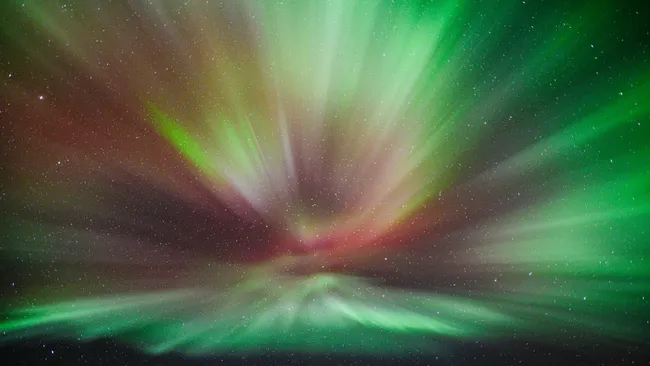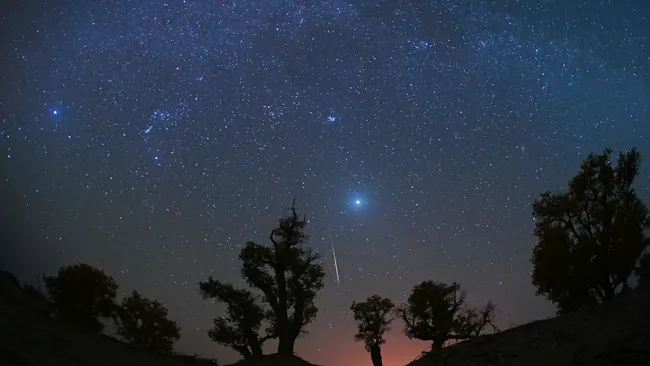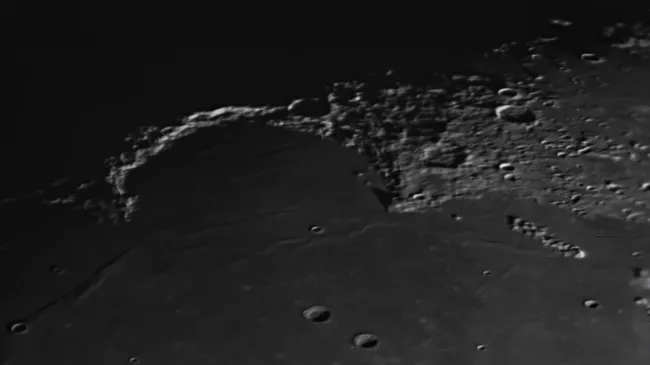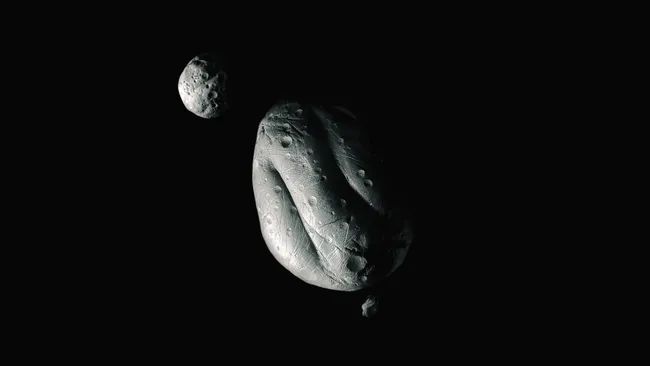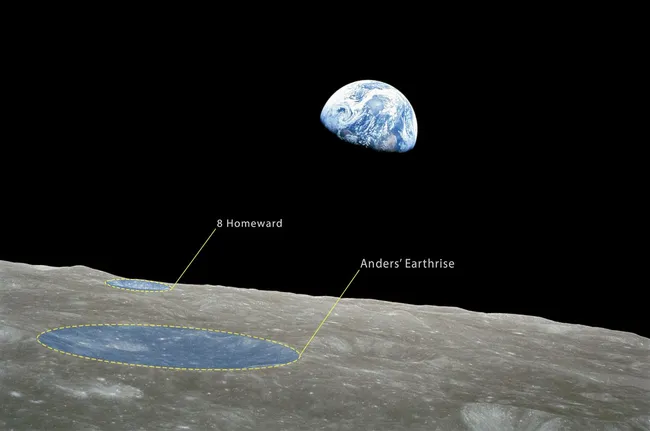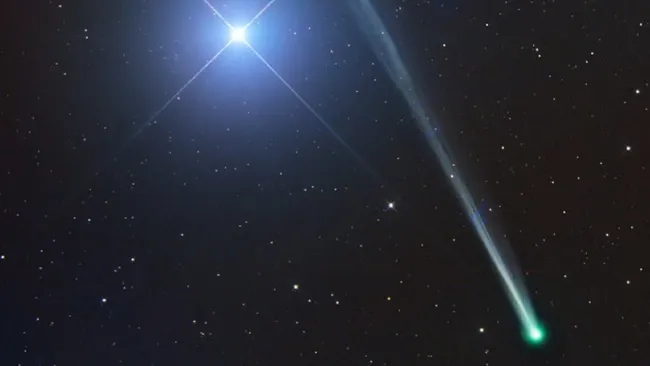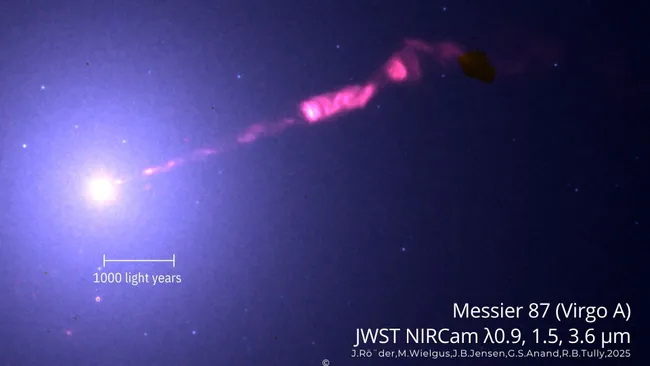The northern lights may get stronger within the next two years as the sun enters what scientists call a turbulent decline, with a potential “last gasp” finale. Although solar maximum has passed, aurora hunters may still have their most exciting nights ahead.
Space weather physicist Tamitha Skov describes one possible outburst as the sun’s last gasp, a dramatic finale that could trigger powerful geomagnetic storms and dazzling auroras across Earth. Experts emphasize that even without this encore, the declining phase of the solar cycle often produces heightened turbulence, favoring aurora activity.
The Turbulent Decline
Solar activity follows an 11-year rhythm, reaching solar maximum with high sunspots and eruptions before easing into minimum. However, the decline is far from calm.
“It’s good news for aurora chasers as peak auroral activity occurs a few years after solar maximum,” said Pål Brekke, solar physicist at the Norwegian Space Agency.
During solar maximum, eruptions such as solar flares and CMEs dominate. Afterward, coronal holes—cooler, darker regions in the sun’s atmosphere that emit high-speed solar wind—become more common. This combination increases geomagnetic storm frequency.
Skov explains, “During the declining phase, we actually have more geomagnetic storms. The mix of eruptions and coronal holes makes activity at Earth stronger.”
The Sun’s “Last Gasp”
Skov notes that nearly every solar cycle has these late outbursts. “Typically, the last gasp will come within about two to three years before solar minimum. So, within the next year and a half to two years, we should see something.”
These events usually arise from highly complex sunspot groups capable of releasing repeated eruptions toward Earth. If positioned directly, they could trigger G5 geomagnetic storms, the strongest on NOAA’s scale. One such G5, the May 2024 “Gannon Storm,” lit skies as far south as Mexico.
More Than Just Pretty Lights
For satellites, GPS, and communication networks, geomagnetic storms are disruptive. They interfere with signals, damage spacecraft, and increase radiation exposure. Yet, for skywatchers, they remain a spectacular phenomenon.
Between the turbulent decline of solar cycle 25 and the possibility of a dramatic finale, aurora chasers may still witness breathtaking displays. As Skov summarized: “If we get in the crosshairs, we can see a very big event.”
The sun may be past its peak, but its ending act could be truly unforgettable.

